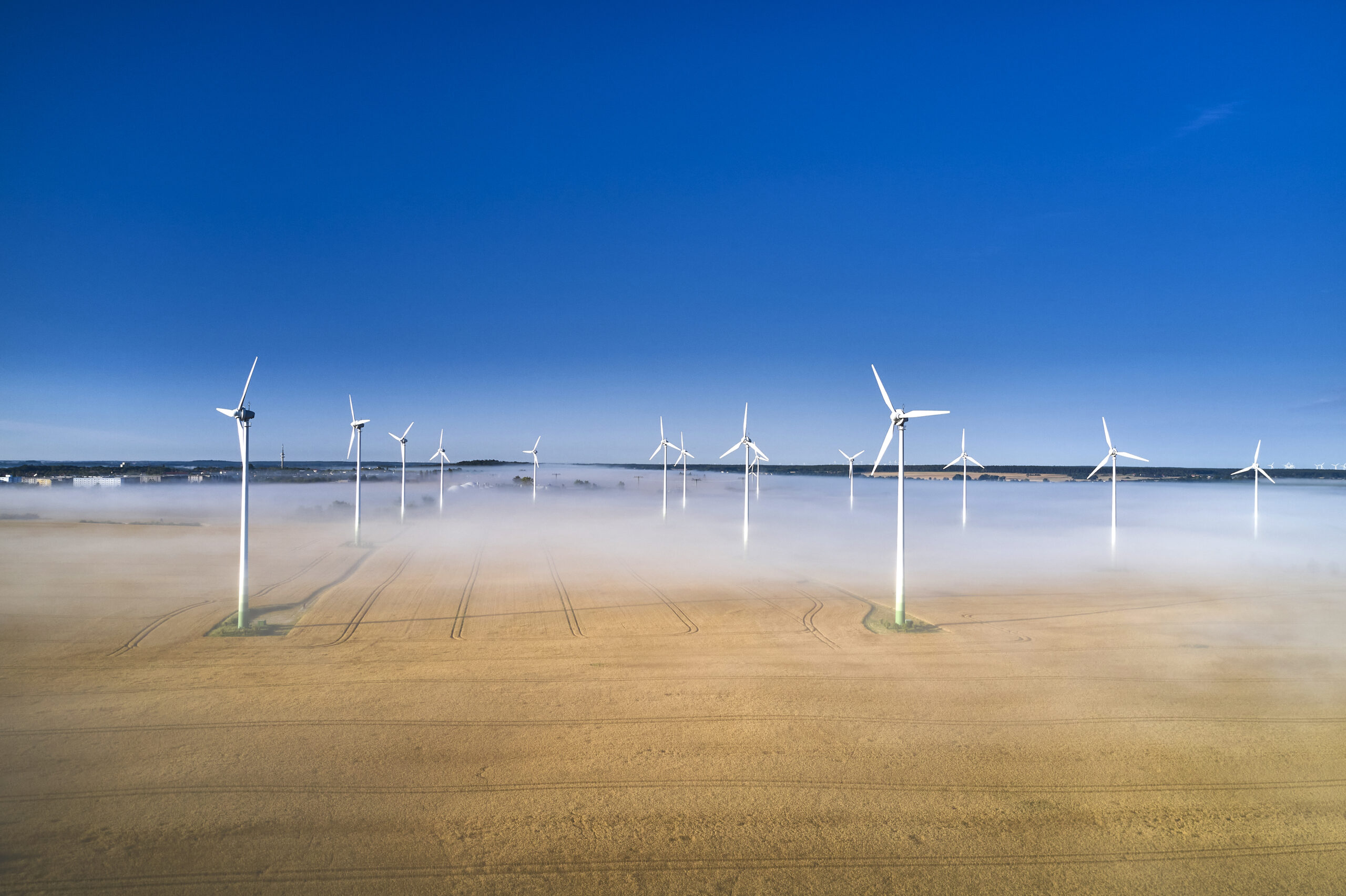The world needs an stunning increase in the production of key energy minerals if it is to make a significant move toward decarbonization. This is due to the fact that clean energy technologies and systems are minerals intensive. An electric vehicle requires around 6x the mineral inputs as compared to a gasoline-powered car. Onshore wind requires 9x more minerals per unit of power produced than a natural gas plant. (IEA, 2021) We will have to expand the capacity of our electric grids to handle three times the amount of power vs. today as we decarbonize, and due to the distributed nature of clean energy generation, the actual build out may be even greater than three times. (Larson, 2021)
The IEA estimates that nickel production must grow by 18x and cobalt production by 20x by 2040 to meet market needs under its Sustainable Development Scenario. Rare earth production must increase by seven-fold and copper production by three-fold over the same period. Given supply constraints around terrestrial mining, we strongly suspect that these hurdles are not achievable.
For perspective, historically demand growth for many of these base minerals has tracked world GDP fairly closely – in the range of around 3% per year. Yet, to meet the IEA’s Sustainable Development Scenario targets, growth rates must increase by 5-6x annually. (IEA, 2021) Due to development constraints faced by terrestrial mining prospects, outlined in the next section, it is very unlikely that the Sustainable Development Scenario targets can be met without non-terrestrial mineral sources. The more important point, however, is that even if we could meet these goals using terrestrial mining, we wouldn’t want to do so because of the massive damage that would result.


